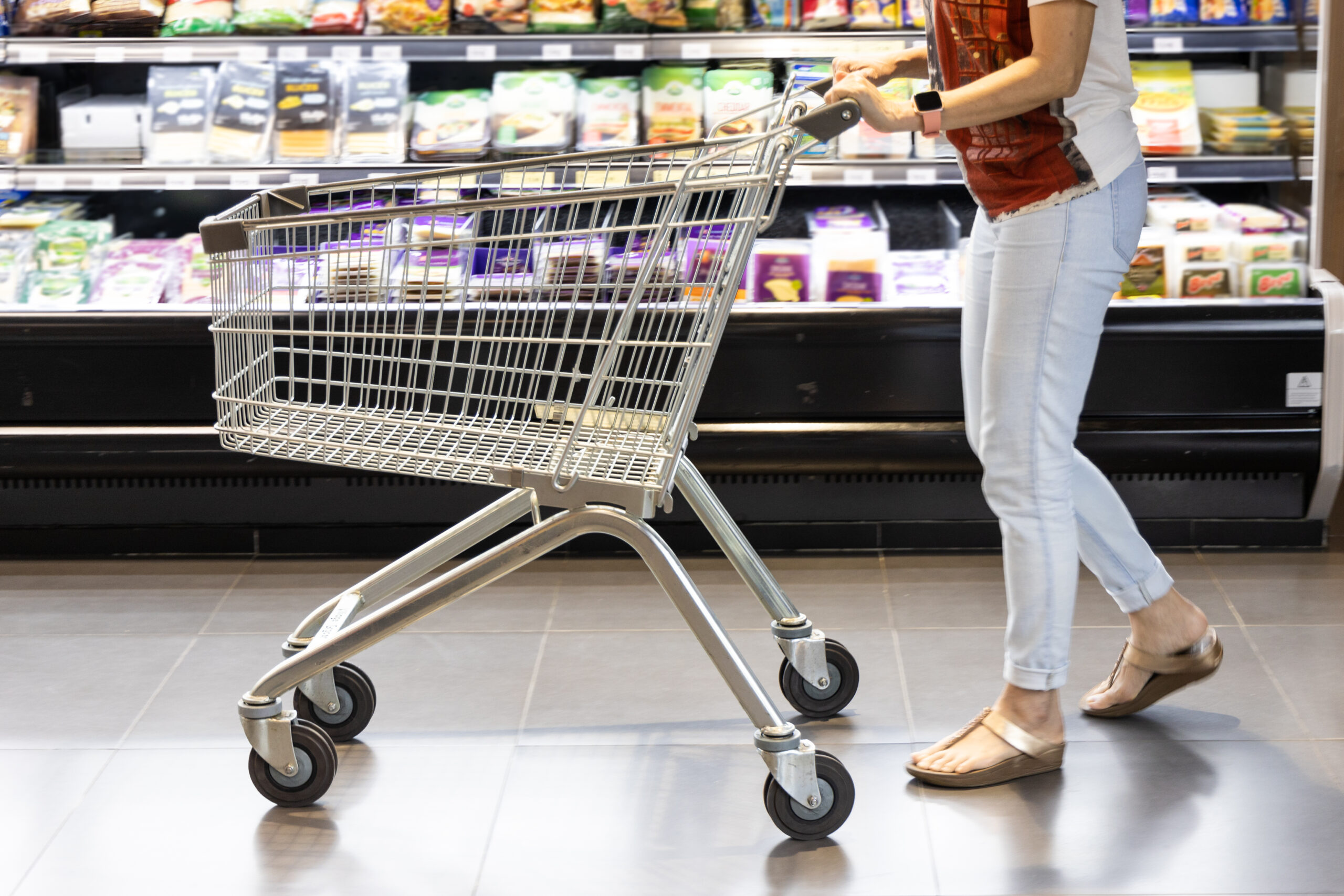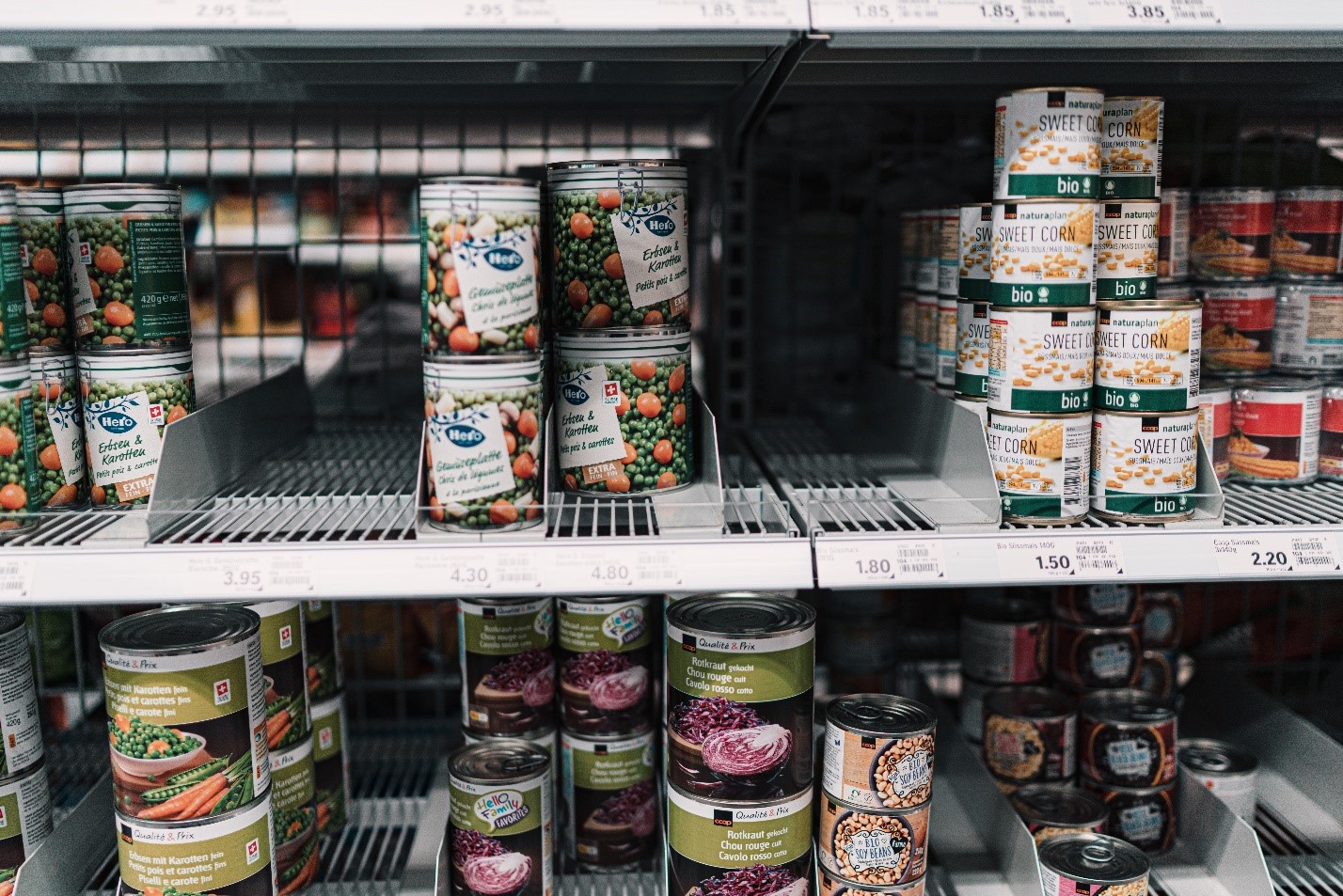As the COVID-19 pandemic progresses, emphasis on food safety in all sectors of the food and beverage industry is escalating. Gone are the days of foodservice workers handling food with their bare hands, or food processing employees working together in close quarters at bustling assembly lines. So how can food and beverage companies effectively create a food safety culture within their organization and communicate that message to consumers?
Even before the pandemic, building a strong food safety culture was one of the most important first steps a business could take. A company that prioritizes food safety demonstrates to both its employees and consumers that it is committed to ensuring the safety of their products now and for the long haul. Implementing rules is one thing, but businesses don’t run solely on rules — they run on people. That’s why food safety culture must start from the top with management, owners and company leaders.
Here are some steps food and beverage companies can take to target the safety-focused consumer, from the board room to the dining room.
Starting from the Top
A company’s leadership must set a good example for its employees to follow — and that includes food safety culture. When a strong commitment to food safety is emphasized from the start, employees and consumers will benefit. Higher-ups are responsible for making sure that food handlers are properly trained and that the business is compliant with all applicable laws and regulations.
Management should implement and enforce food safety goals and strategies and hold employees accountable for adhering to those rules. Staff should also be permitted and encouraged to raise safety concerns to management when they arise. Leadership should always be evolving and finding ways to improve food safety, whether that means looking into new technologies or providing staff with updated food safety training.
Trust Science
The two biggest factors that drive the success of food companies are profit and branding, and without good branding, there would be no profit. When a foodborne illness outbreak or food safety event occurs that sickens or harms people, the company responsible can suffer a fatal blow. But the solutions for preventing these events are well established and based on science.
Certain produce, especially bean sprouts and lettuce, are more susceptible to spreading foodborne illnesses than others. But technological improvements over the last decade have helped to make it easier to detect Salmonella and E. coli and limit their spread. Additionally, food safety audits and food safety certifications are well established.
Even when food safety events occur, a company should be transparent with consumers and explain how, when and why the event happened, as well as how the company plans to resolve it and prevent future issues.
Effective Labeling
While internal food safety should be top of mind for food and beverage executives, delivering that message to consumers is important for a brand’s reputation and trustworthiness. Terms like “homemade” and “handcrafted” on food packaging and advertisements may be unappealing to consumers as less human contact and more automation become the norm.
In order to capture consumers’ attention in the age of COVID-19, brands will need to change how they communicate messages. Since the word “engagement” no longer implies person-to-person contact, the new engagement should take on a more visual meaning. This entails packaging and labeling that is clear, concise and gets a message across quickly. The less consumers have to touch or pick up food packaging, the safer they may feel purchasing it.
With growing consumer interest in tracing the lifecycle of a food product, companies that can engage with consumers via QR codes to scan or websites to can visit have an advantage over those that can’t when it comes to targeting the safety-focused consumer.









Join or login to leave a comment
JOIN LOGIN